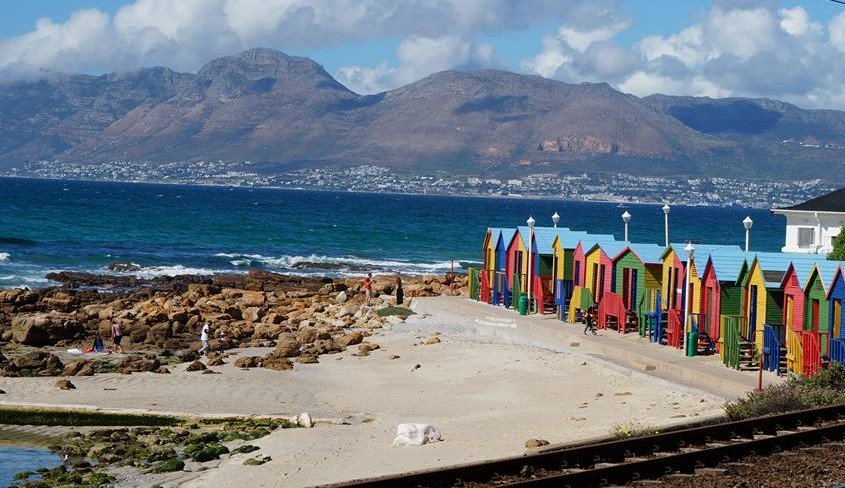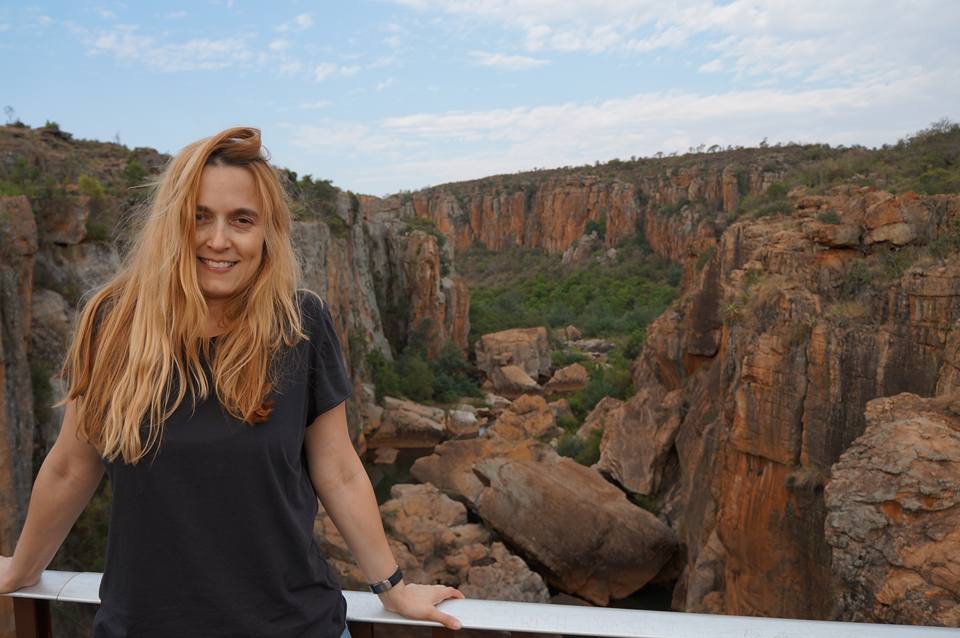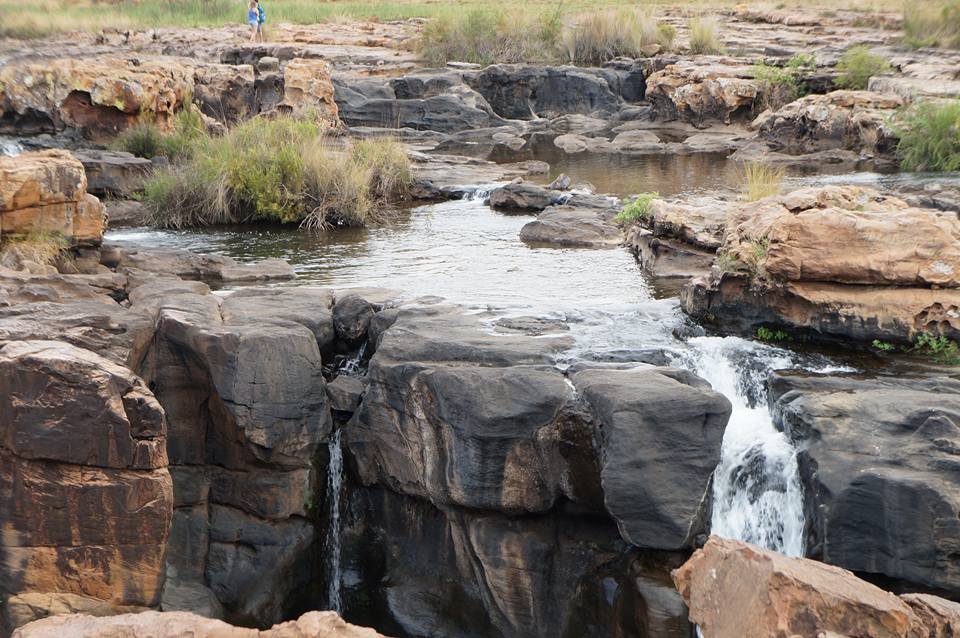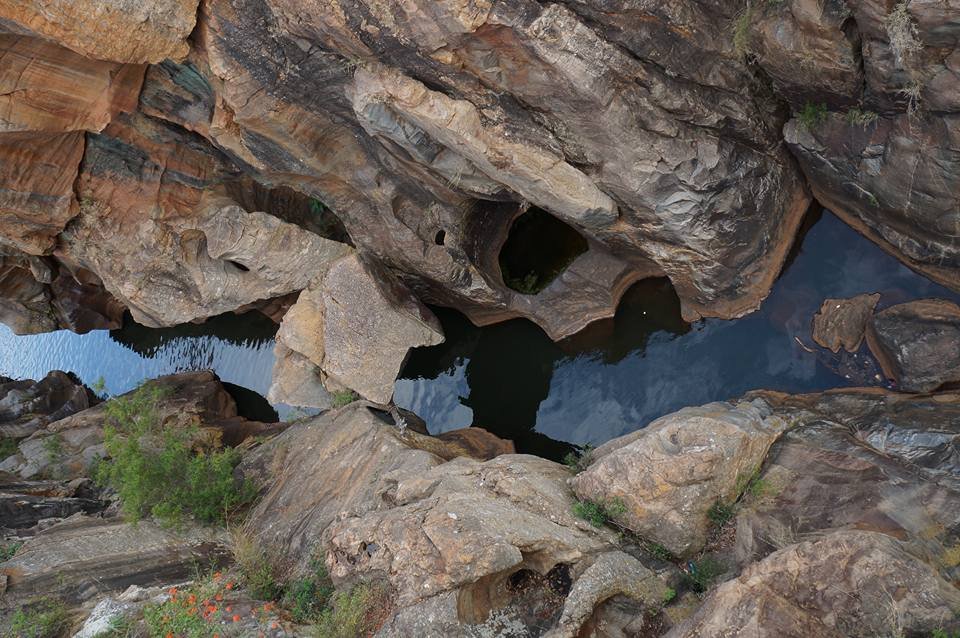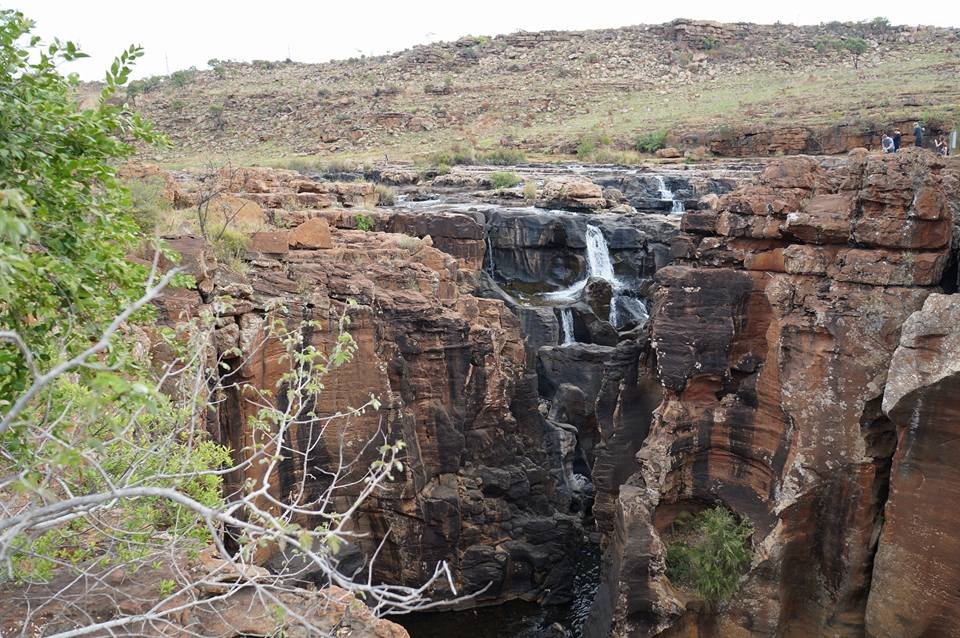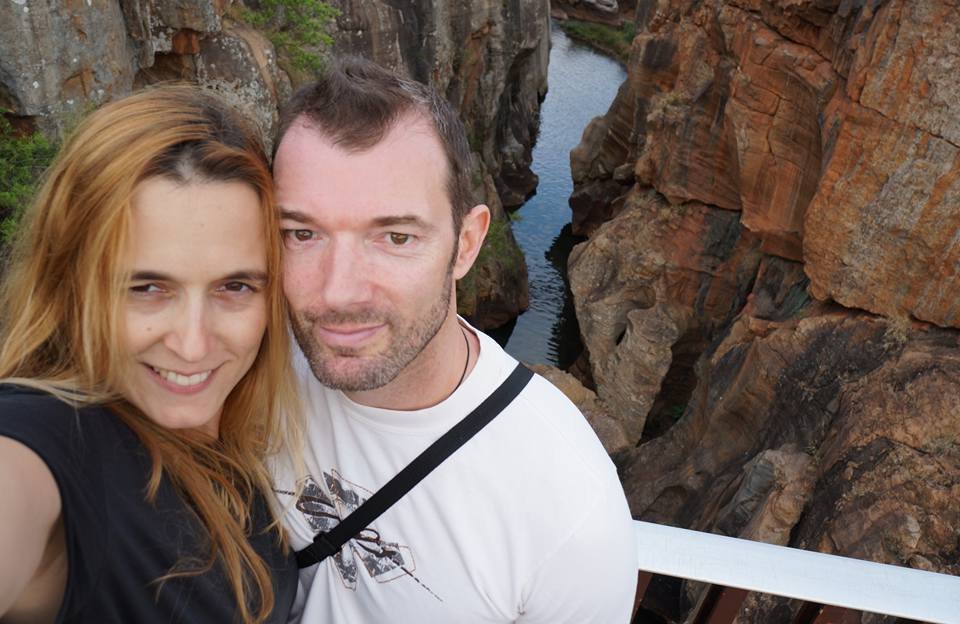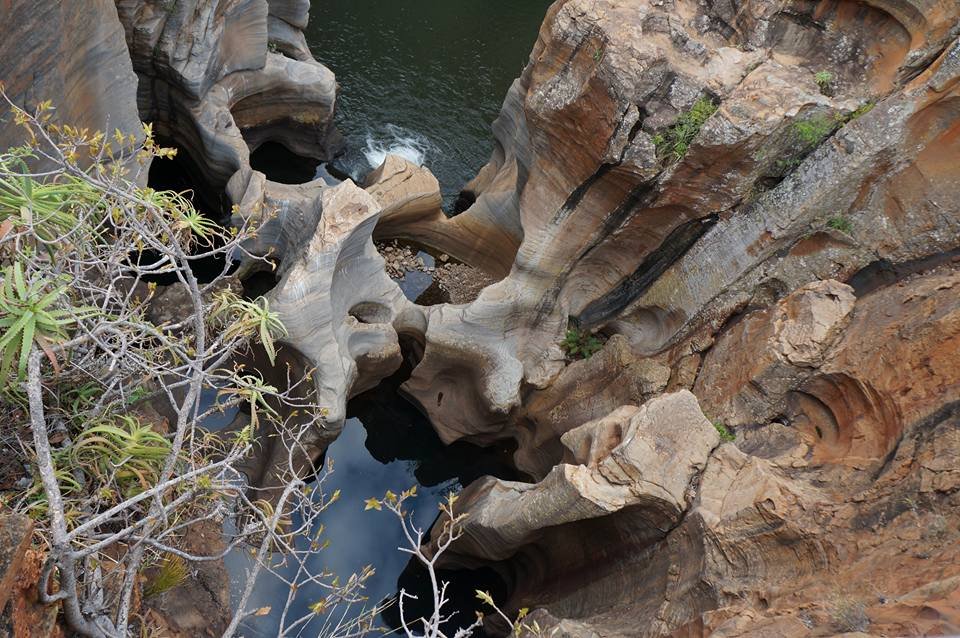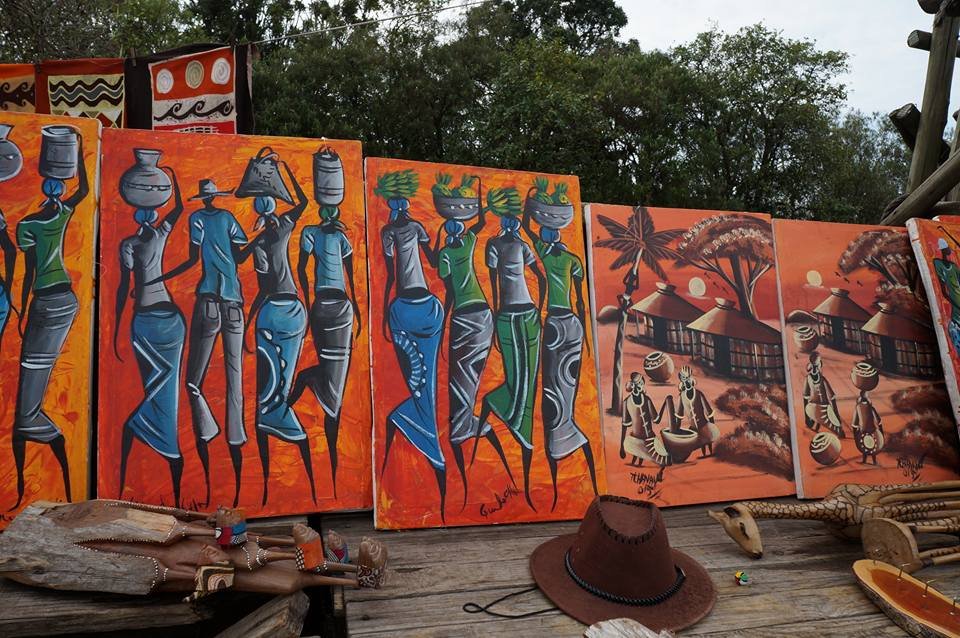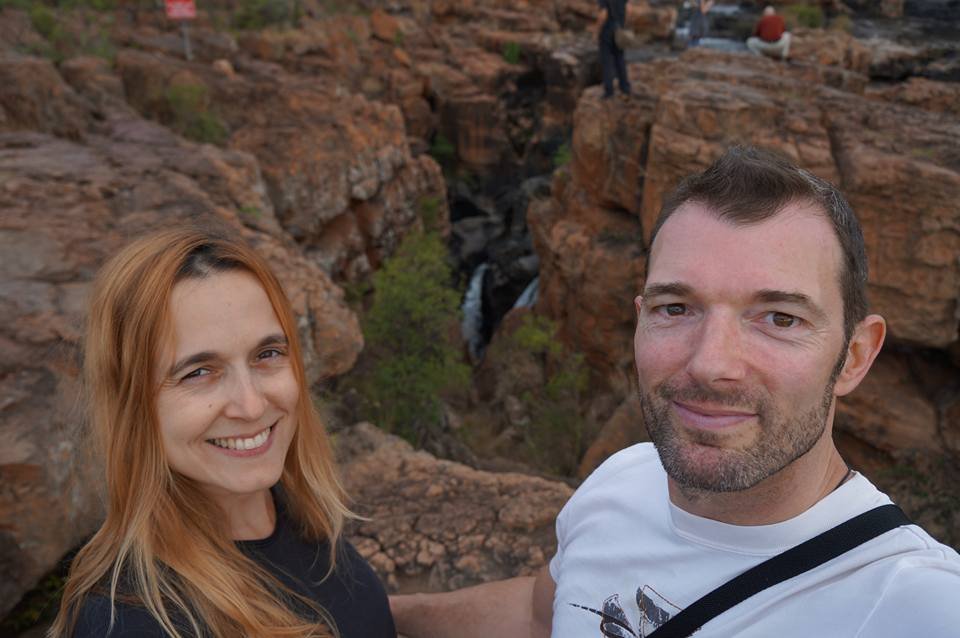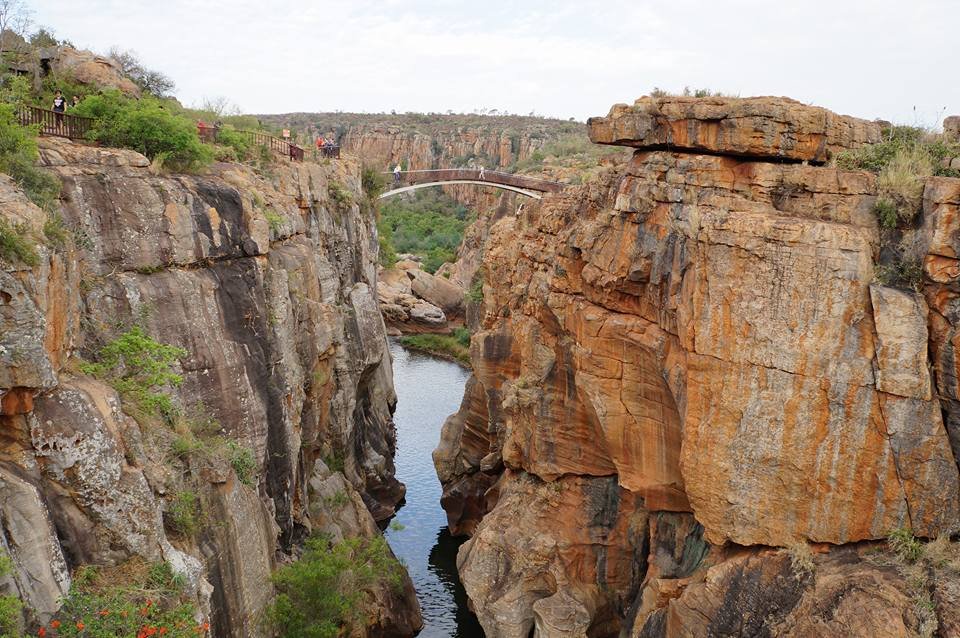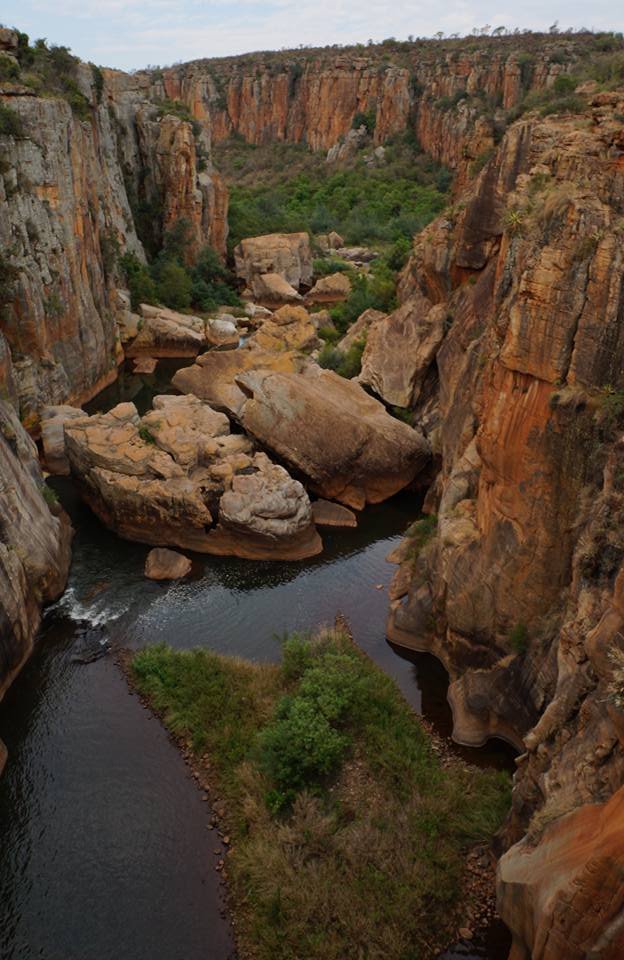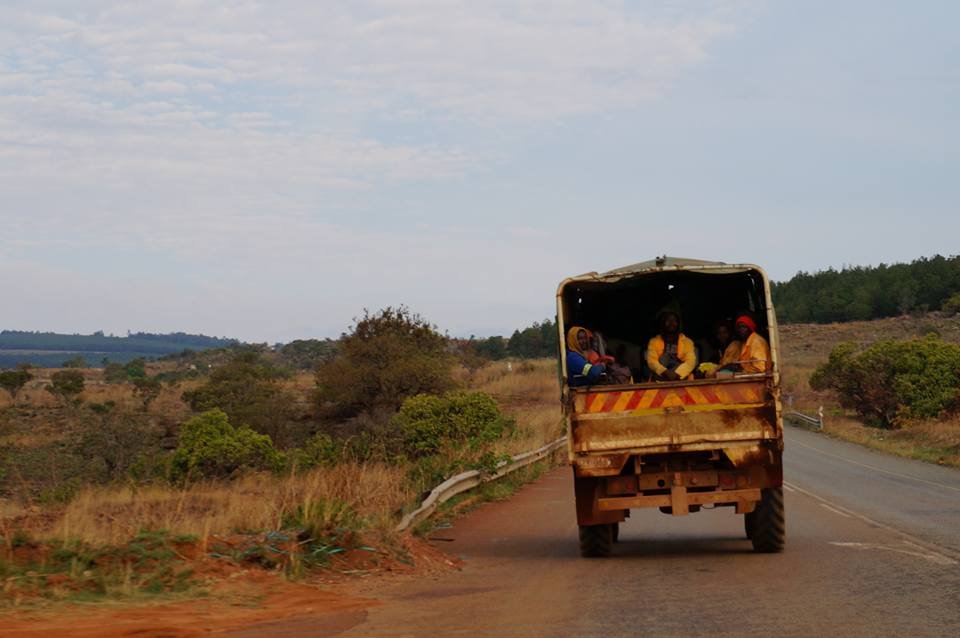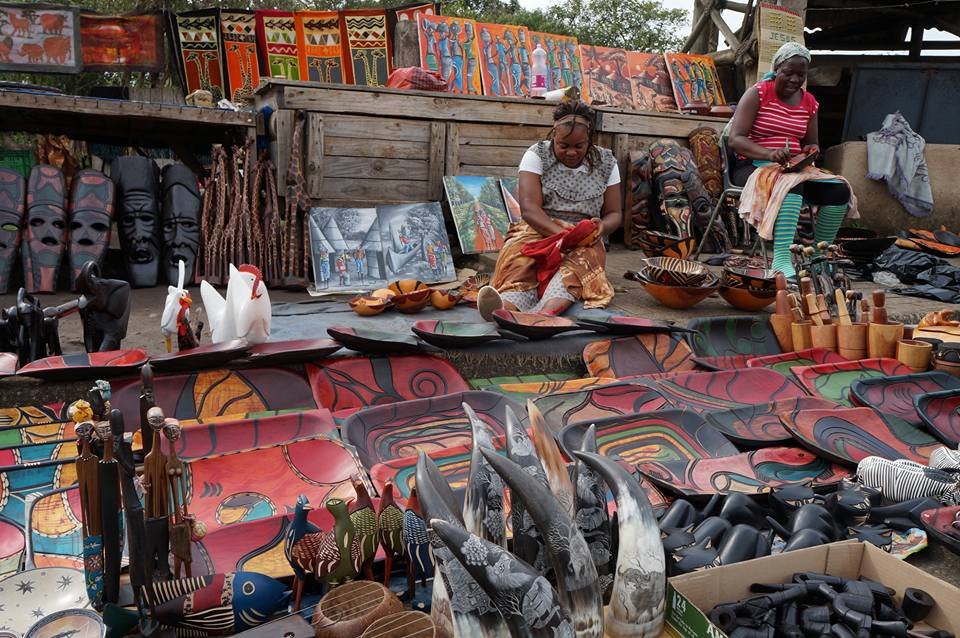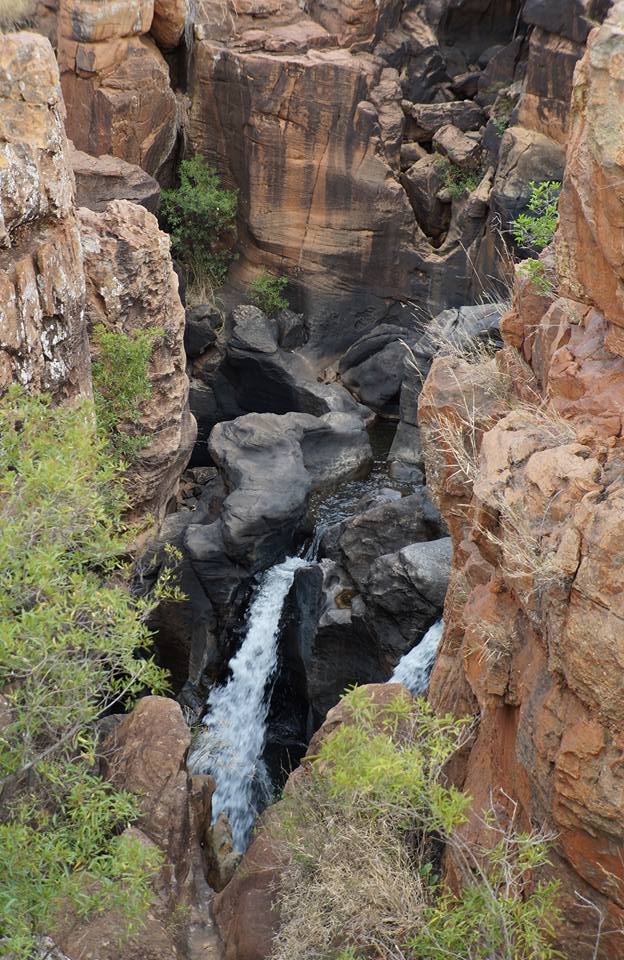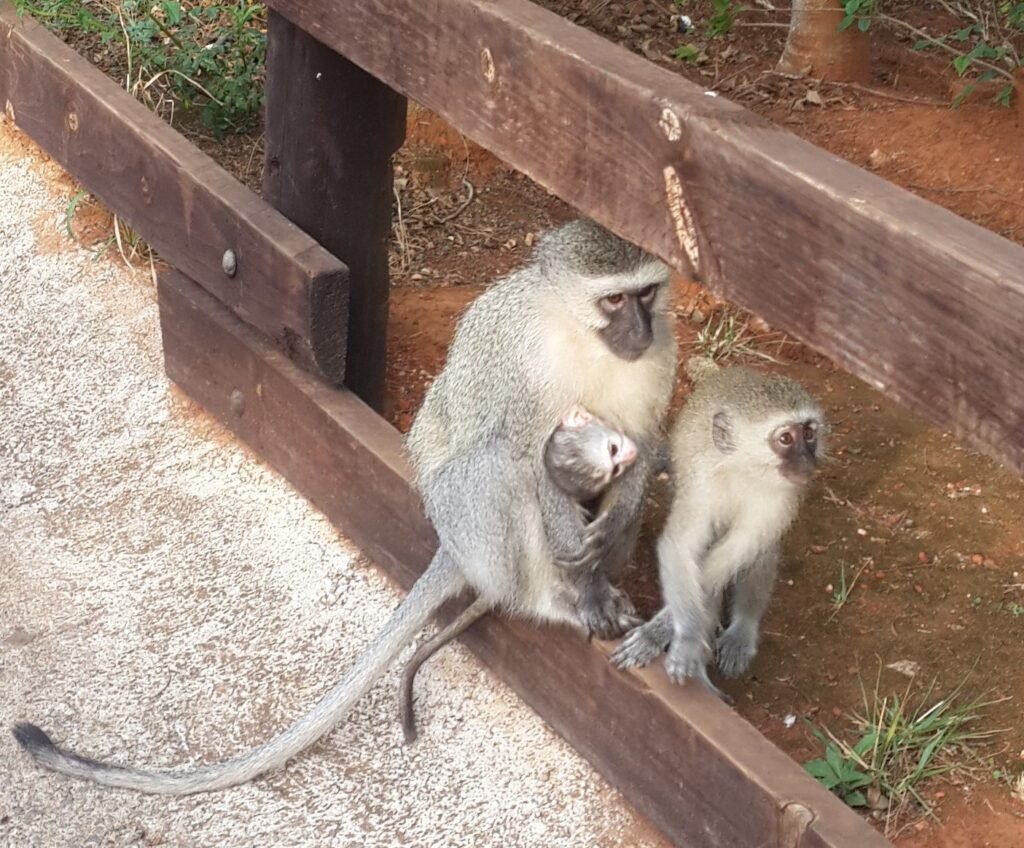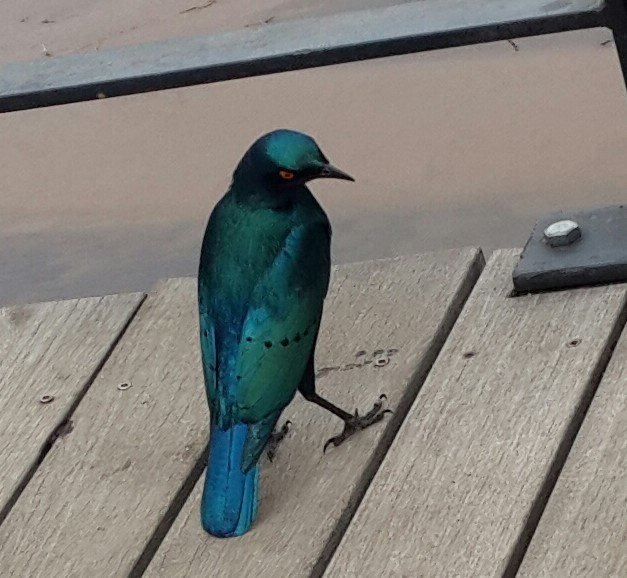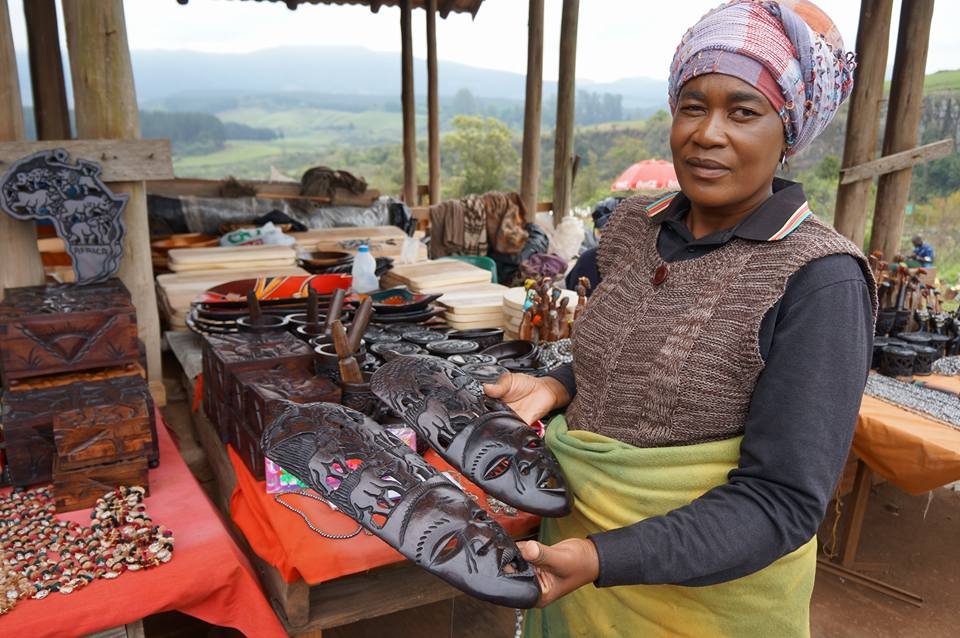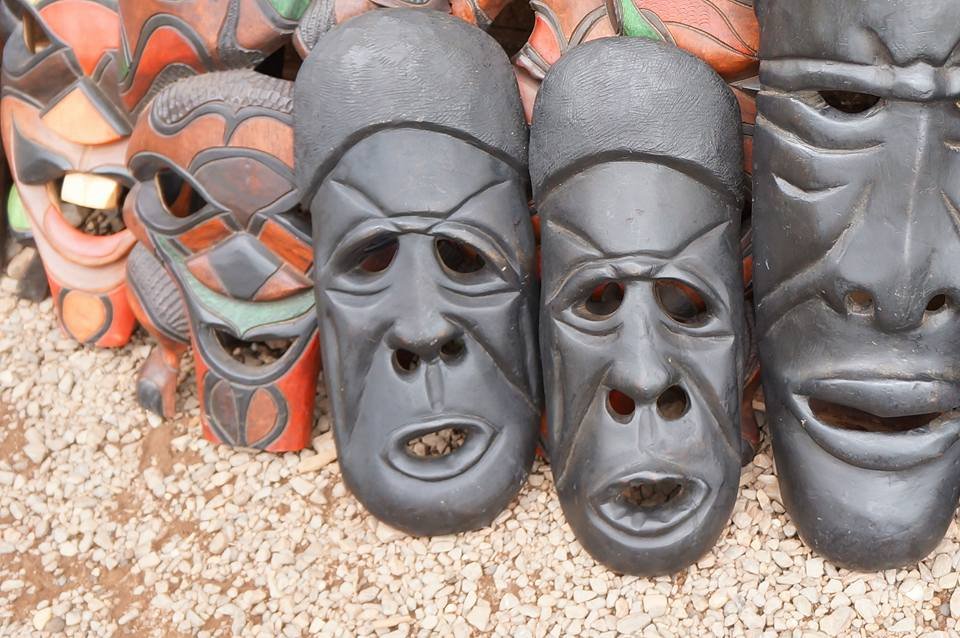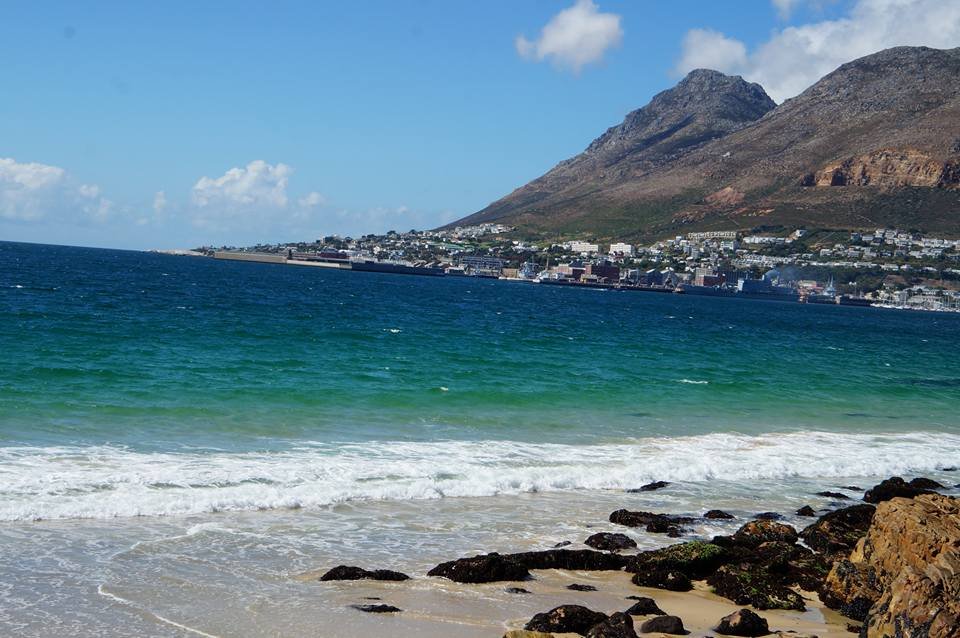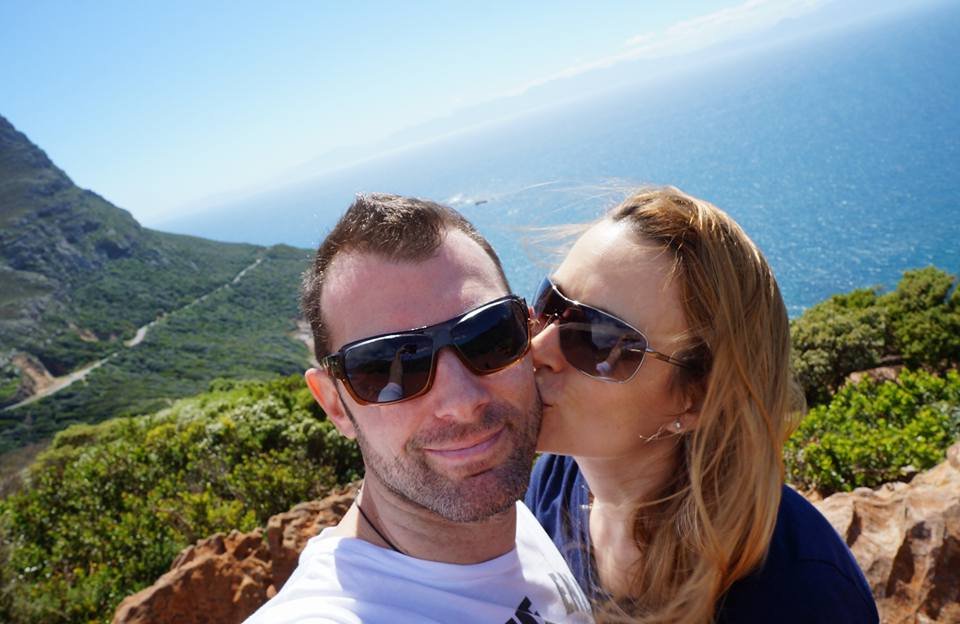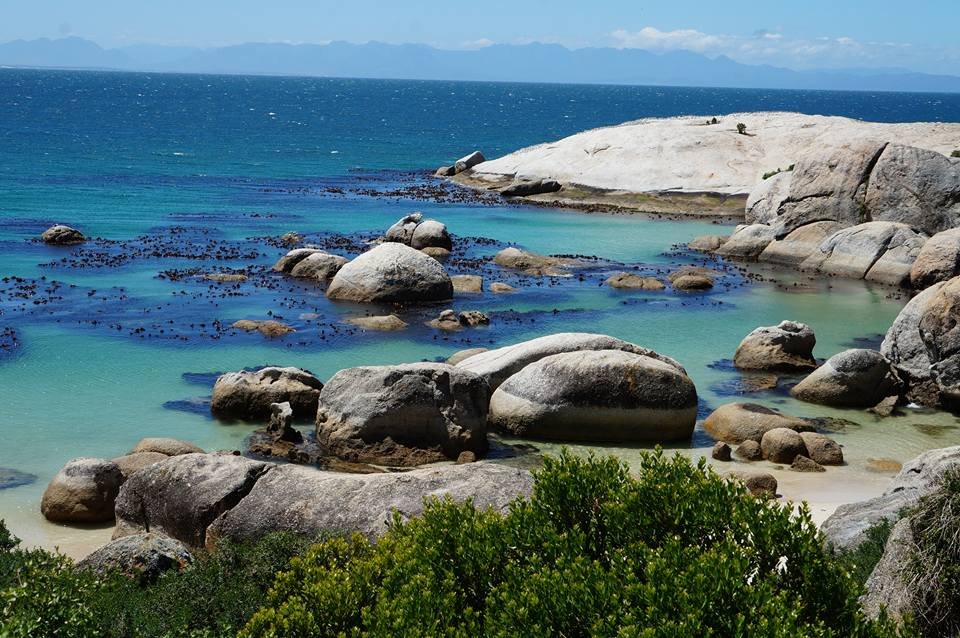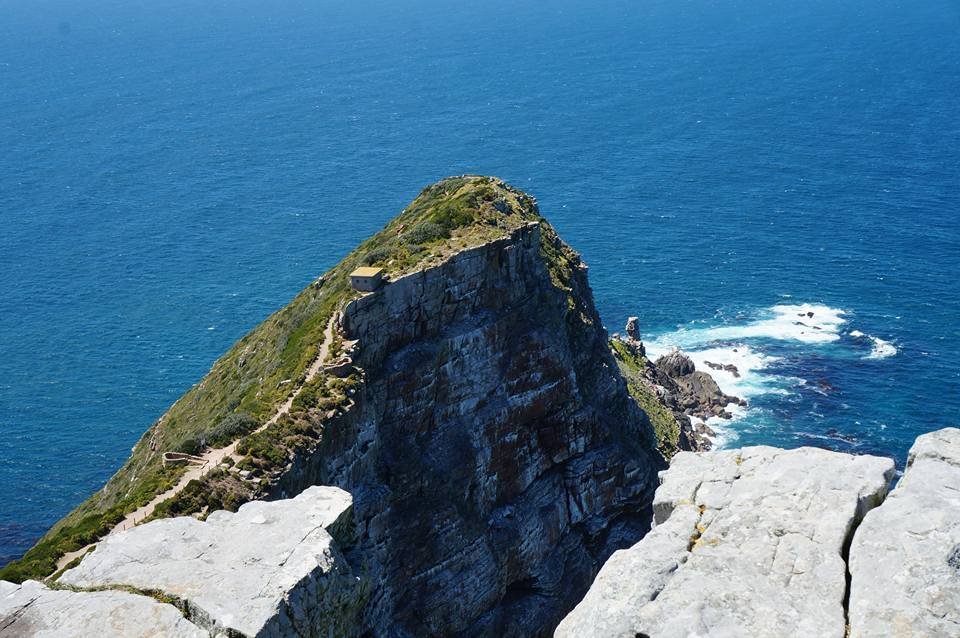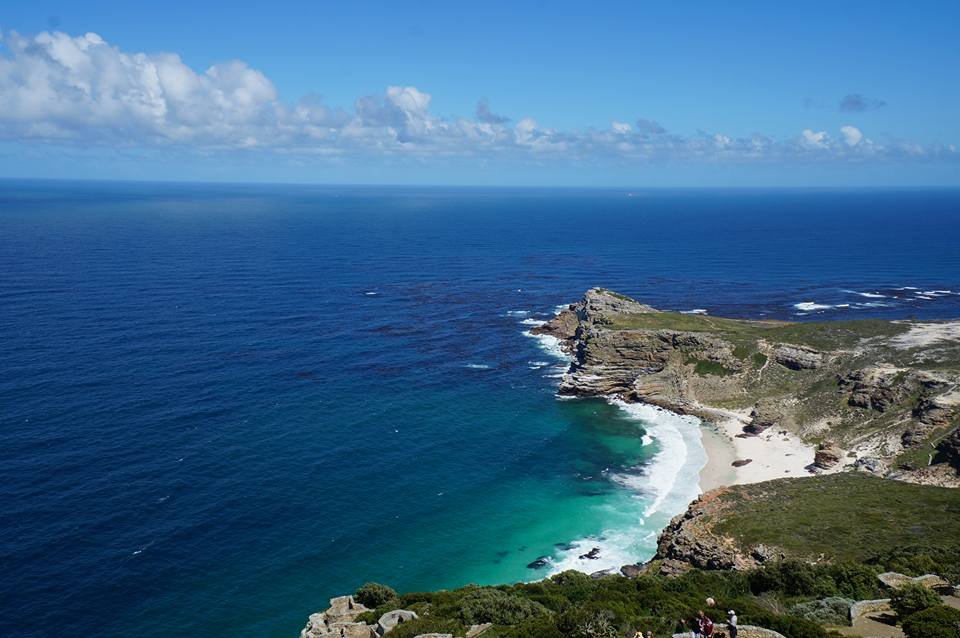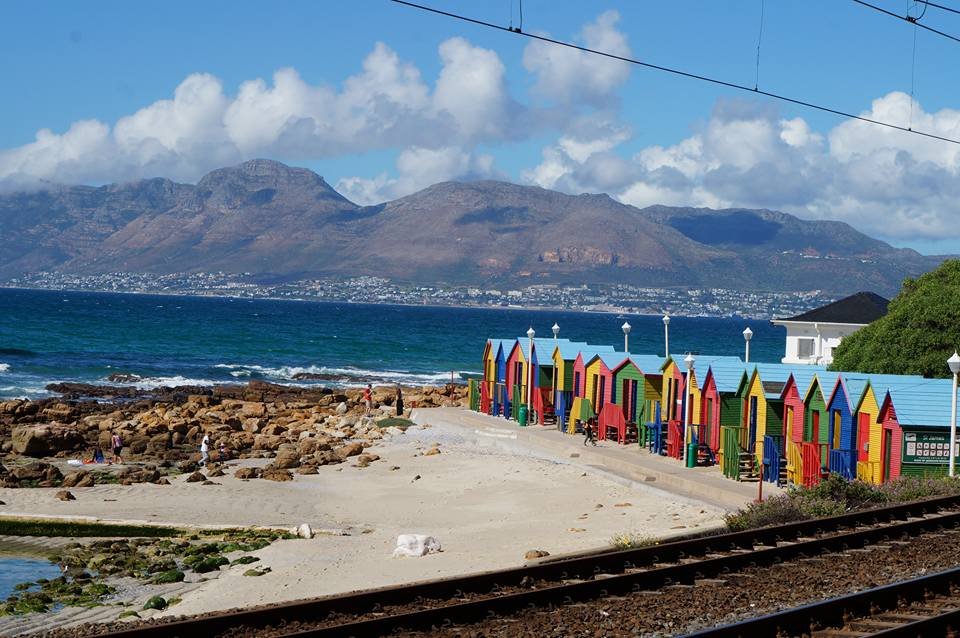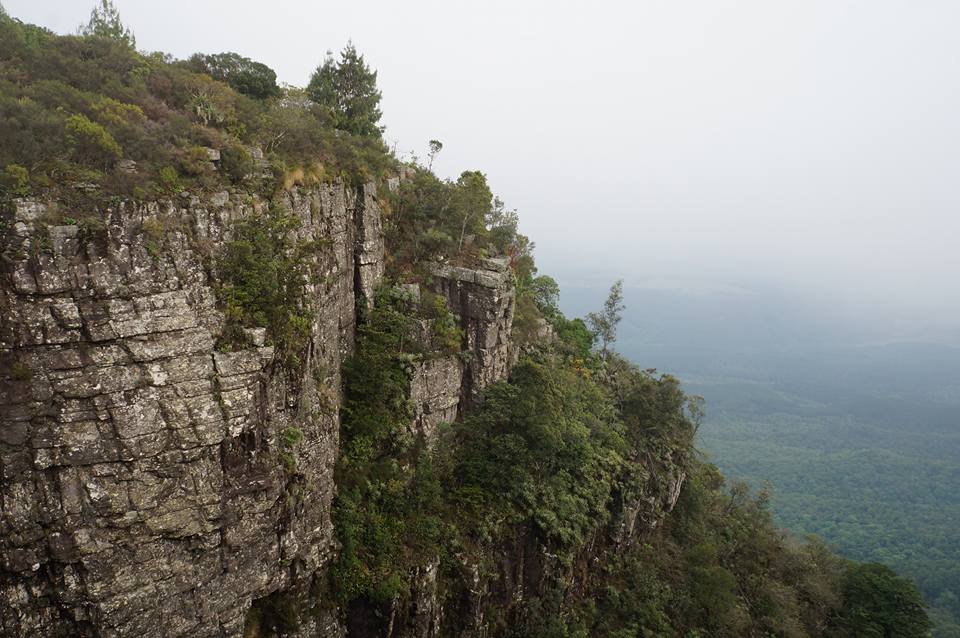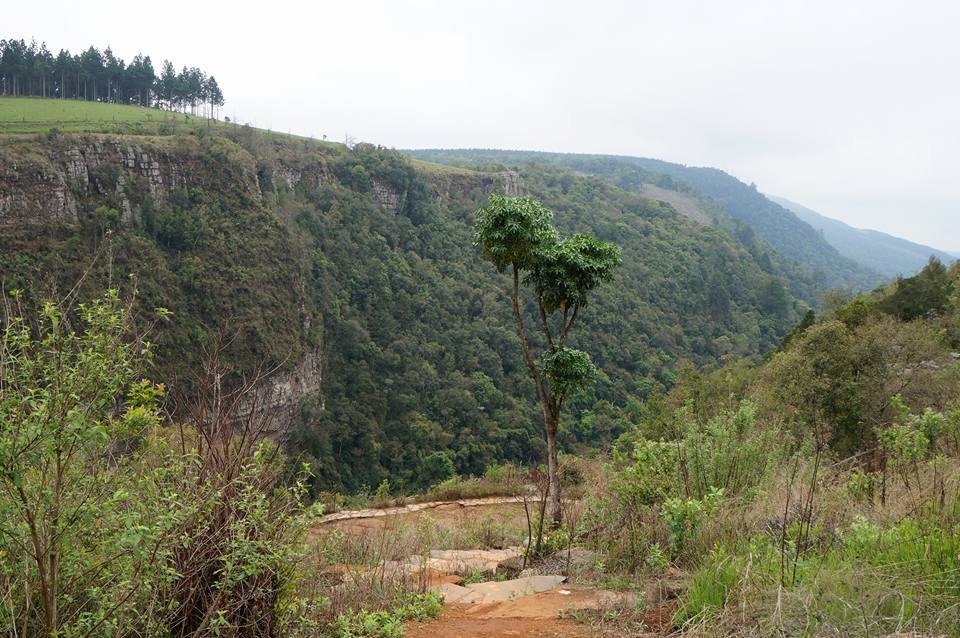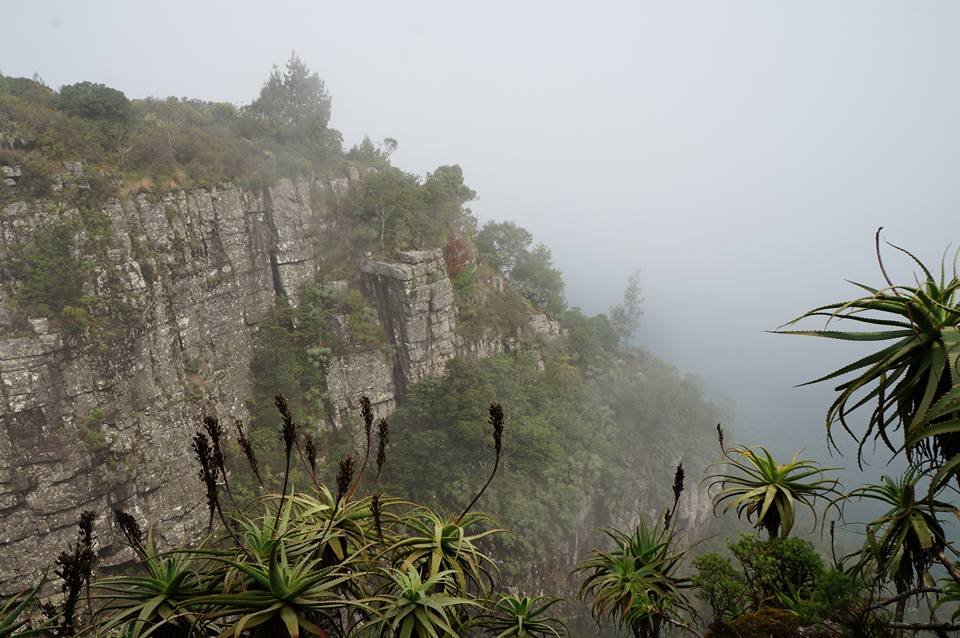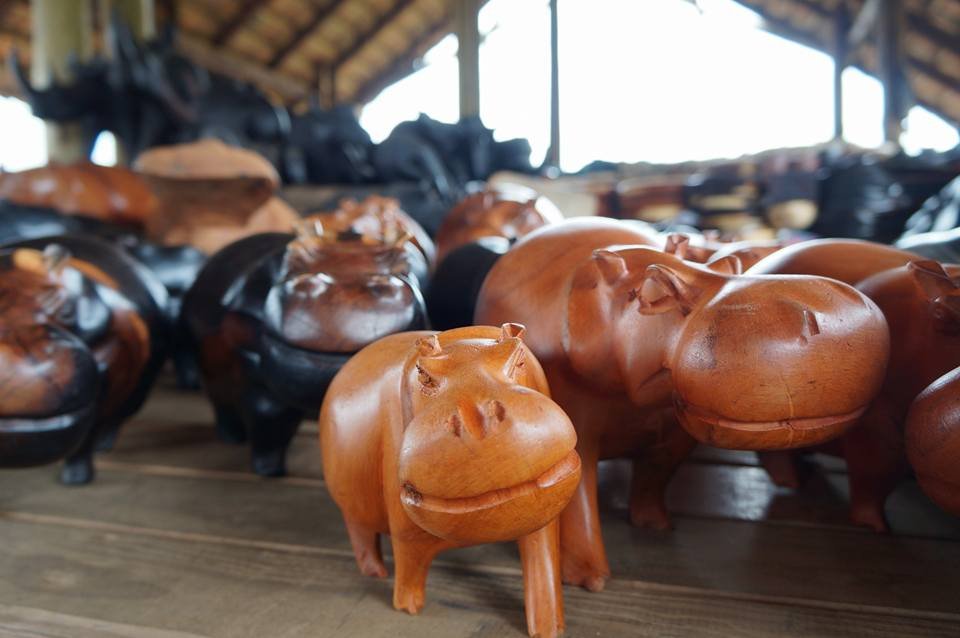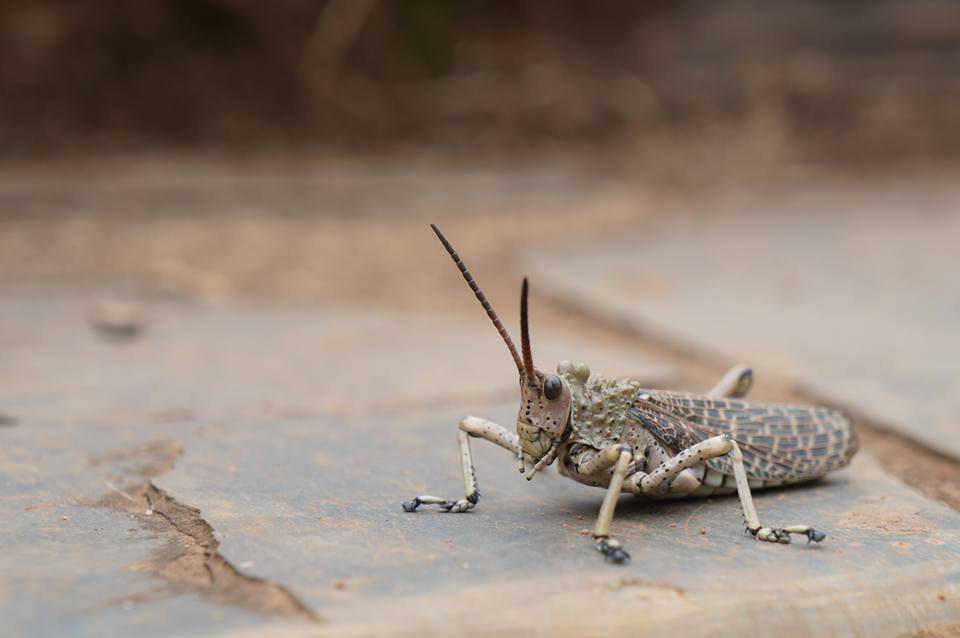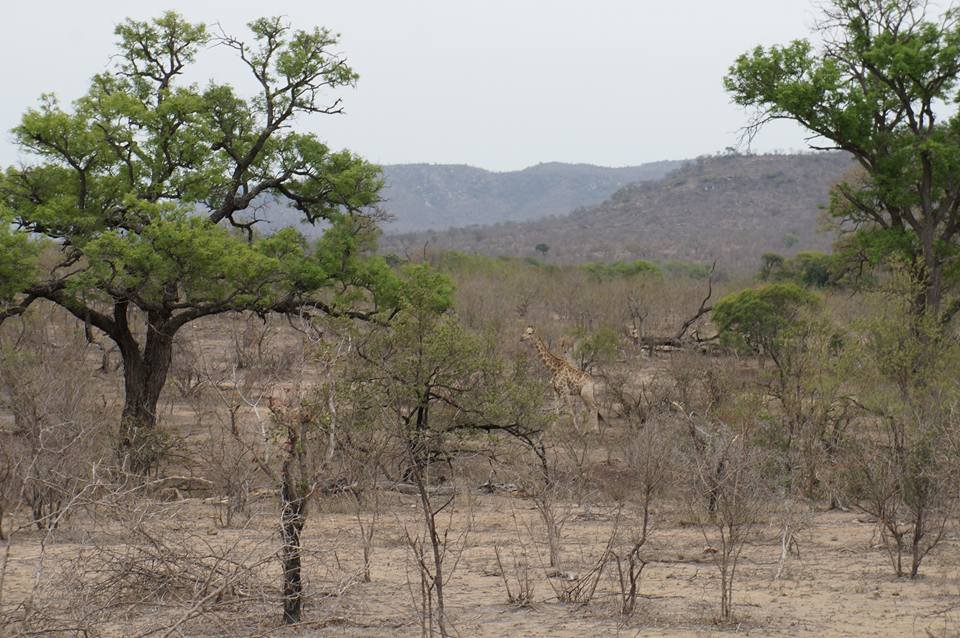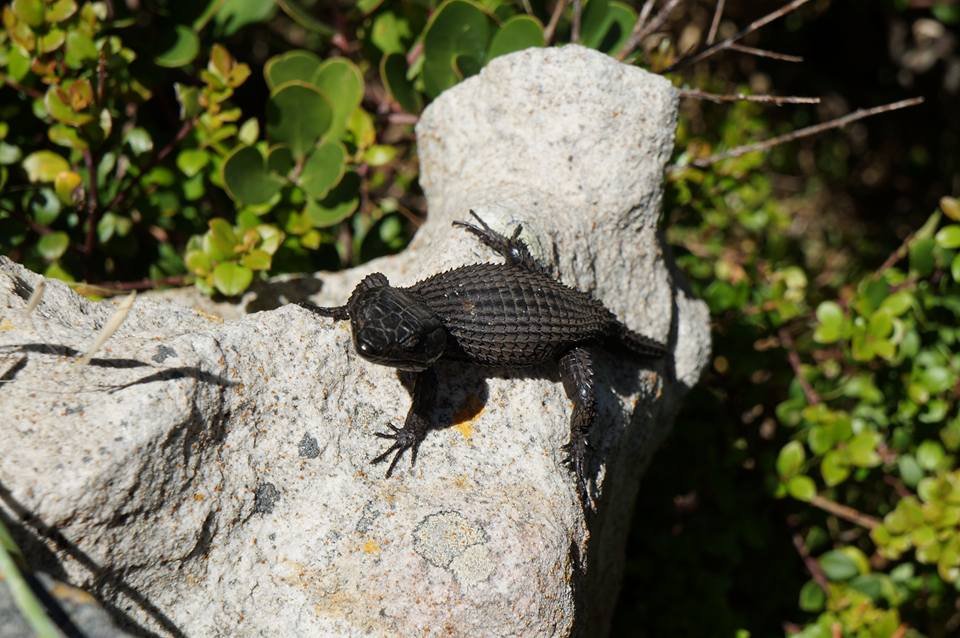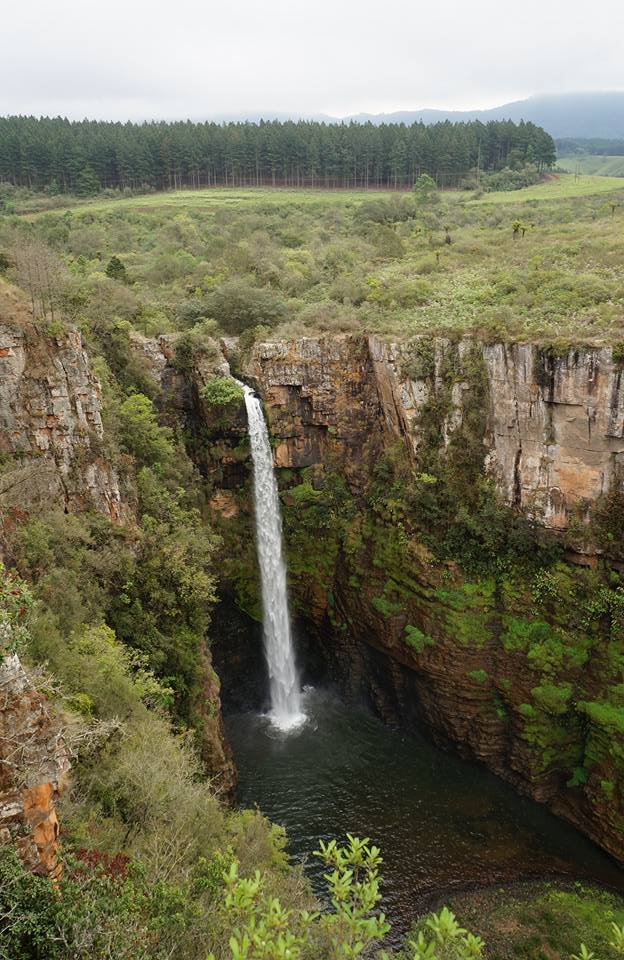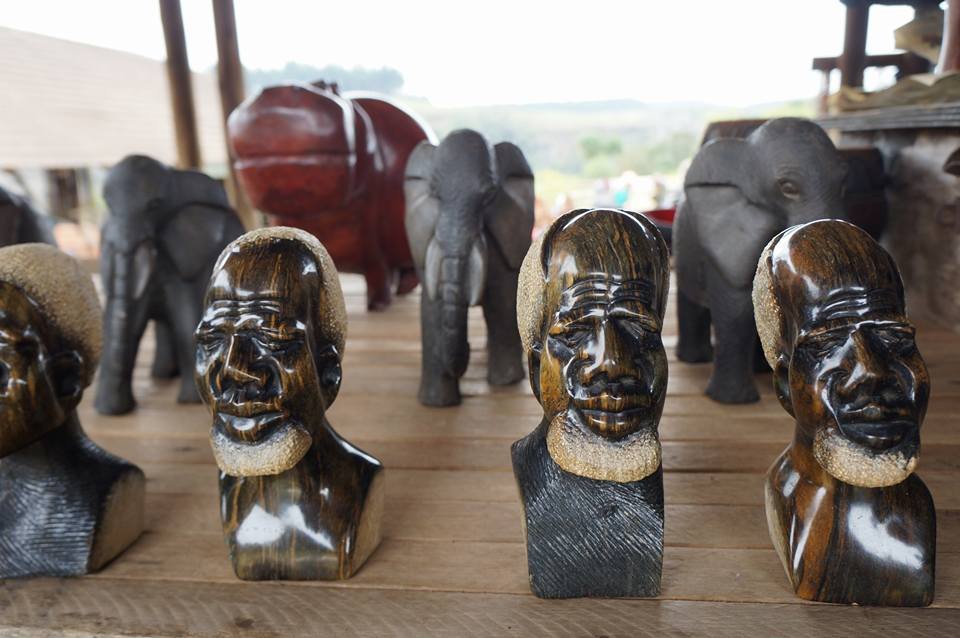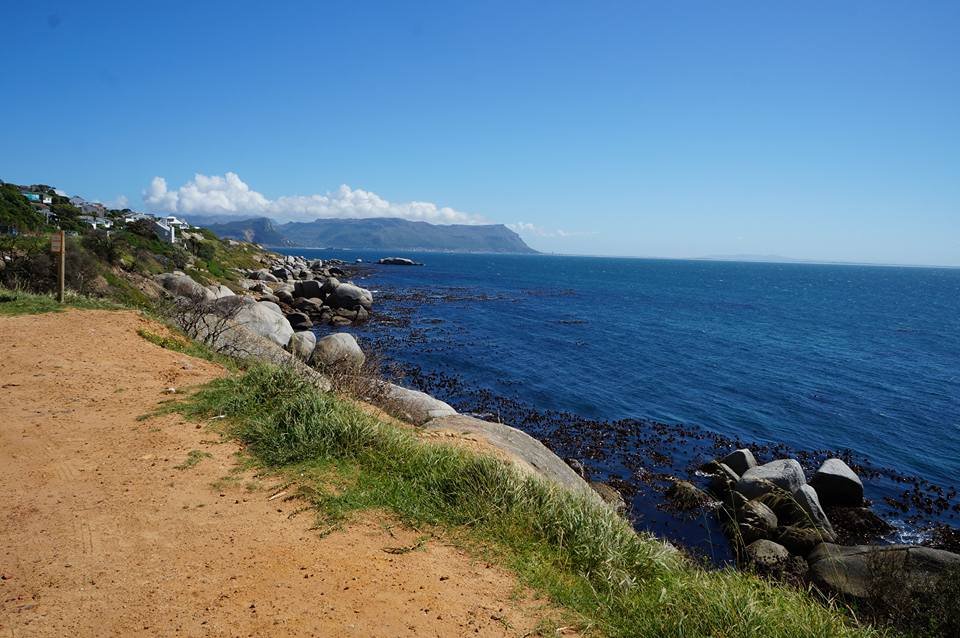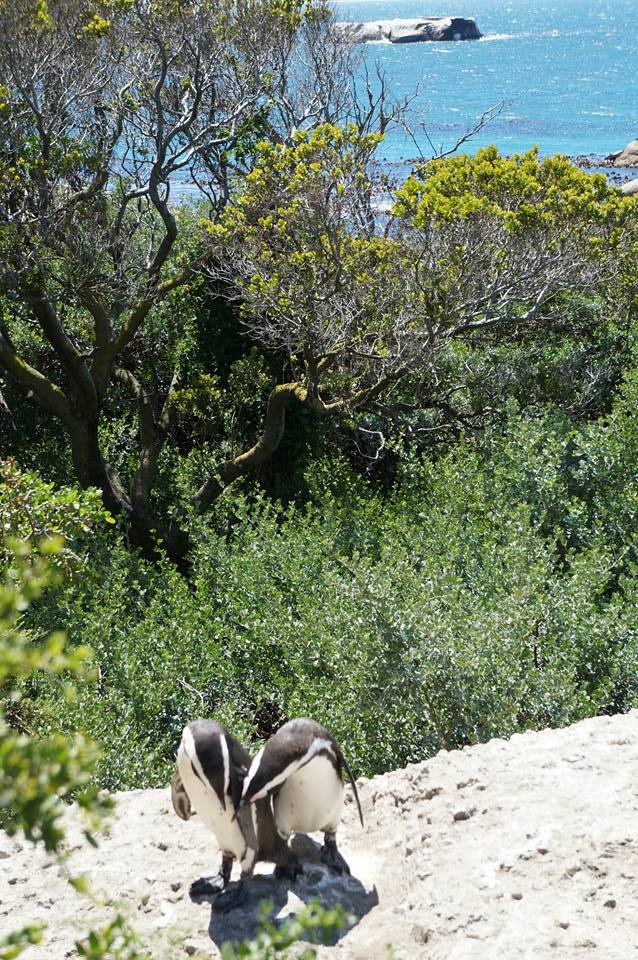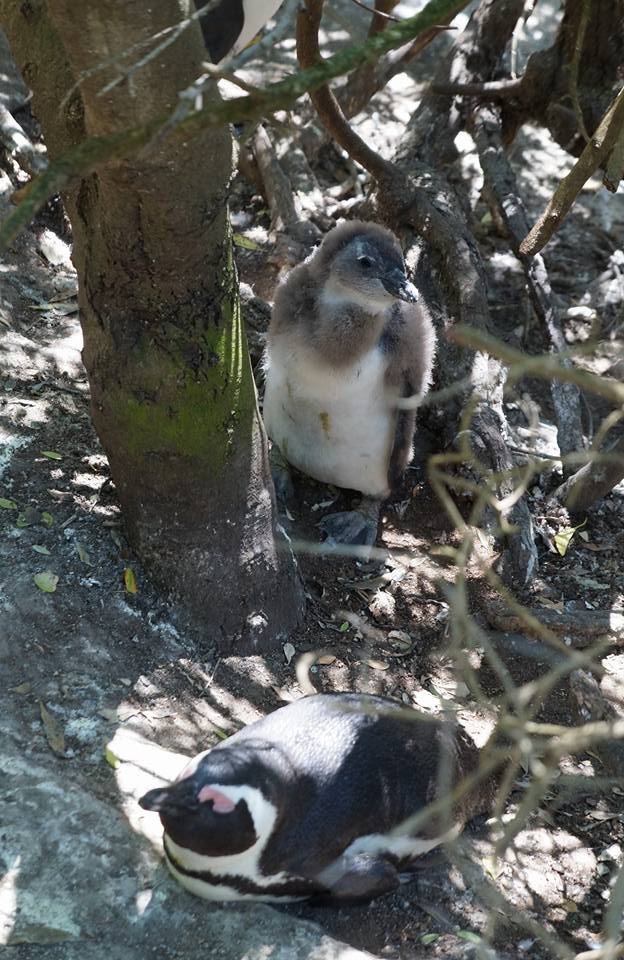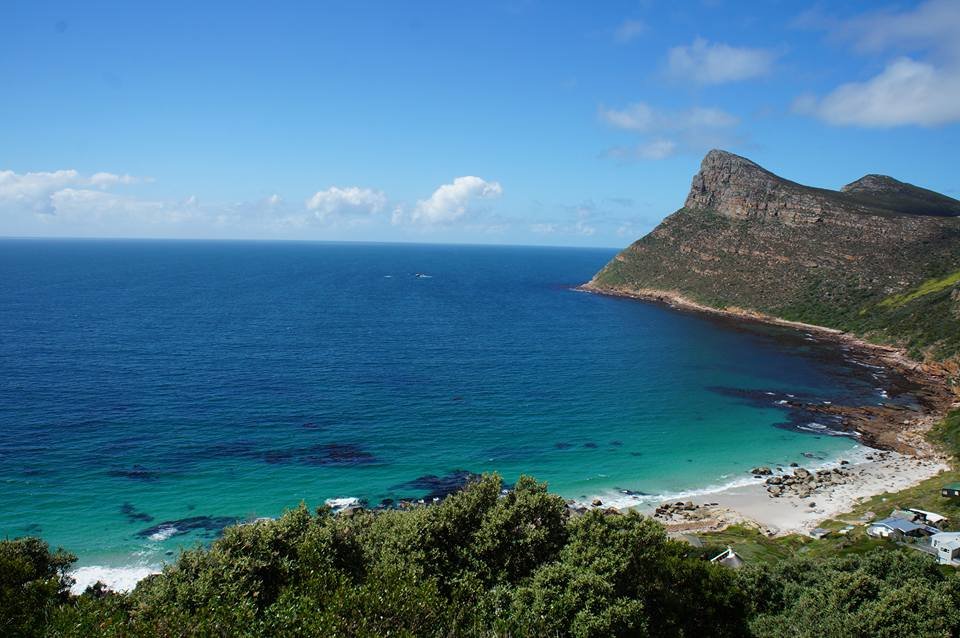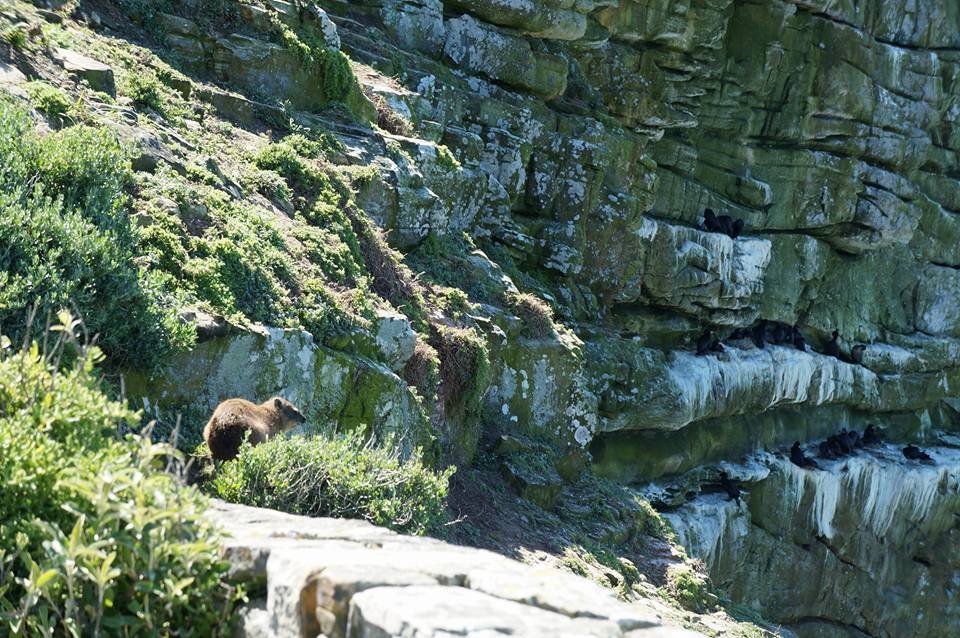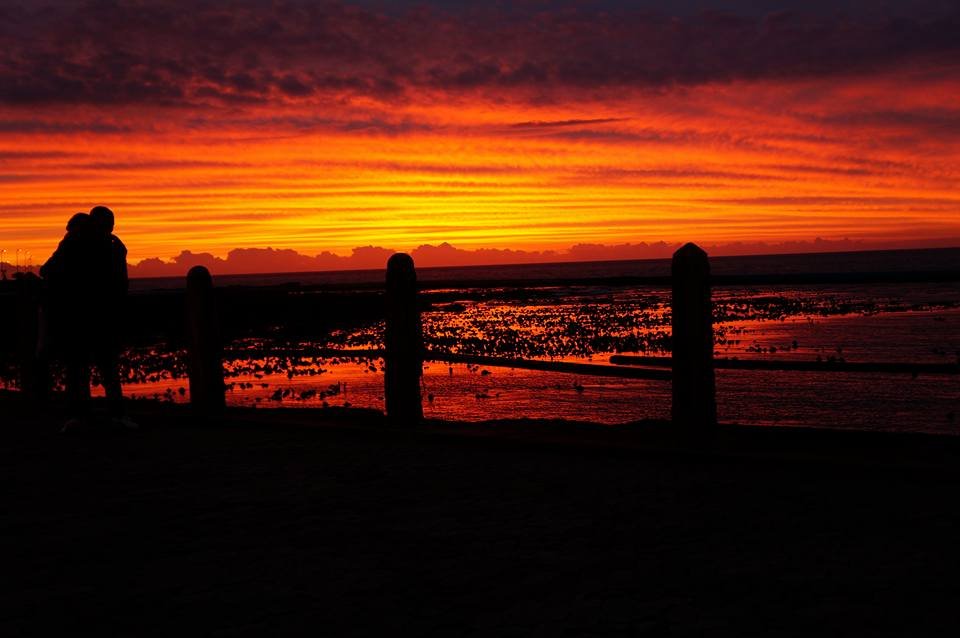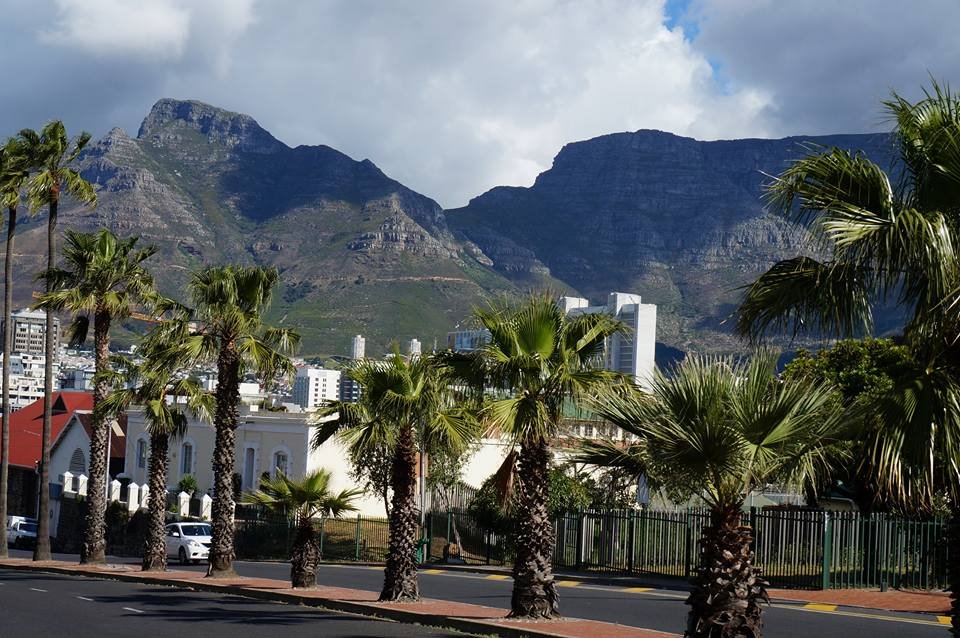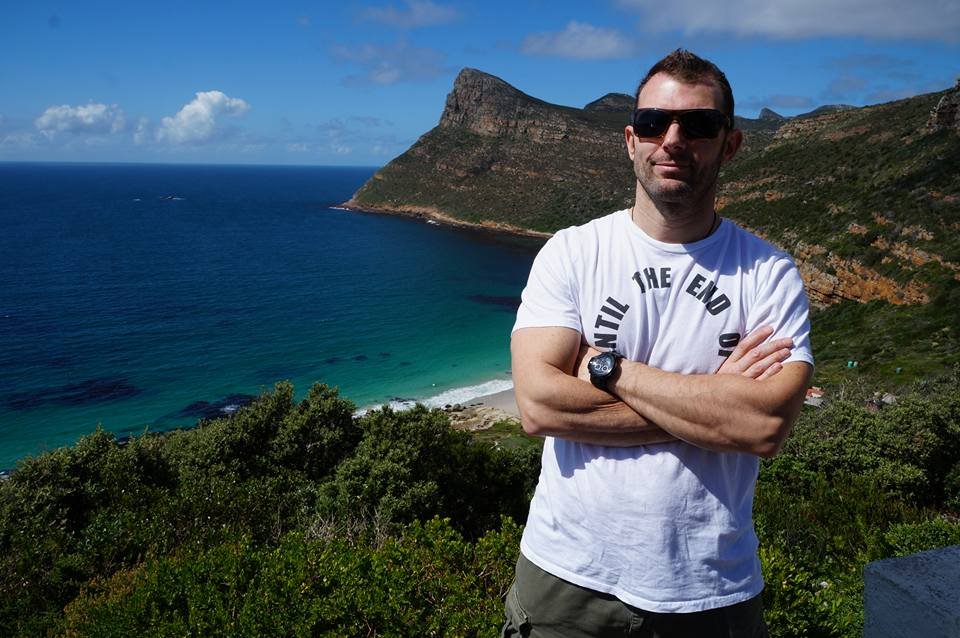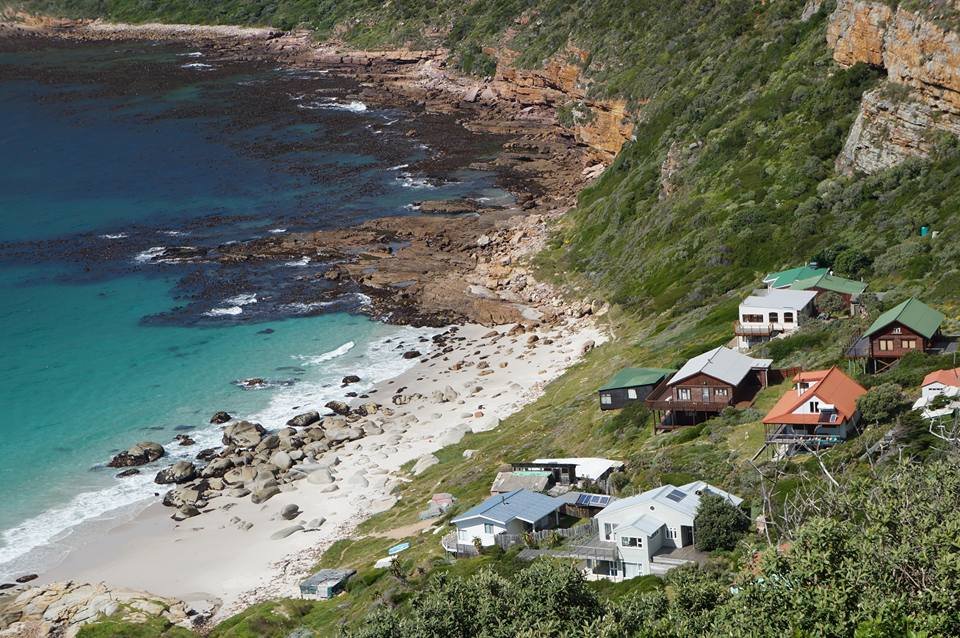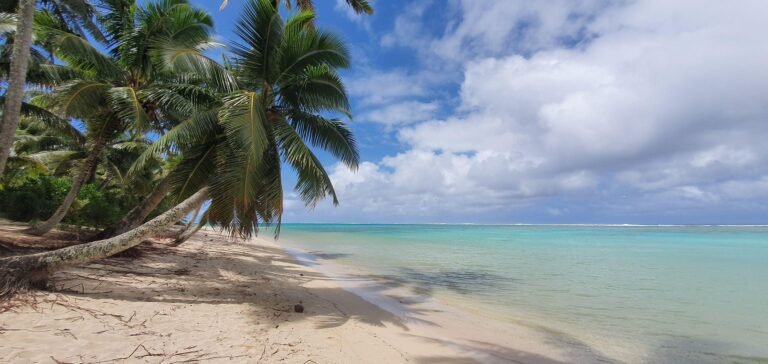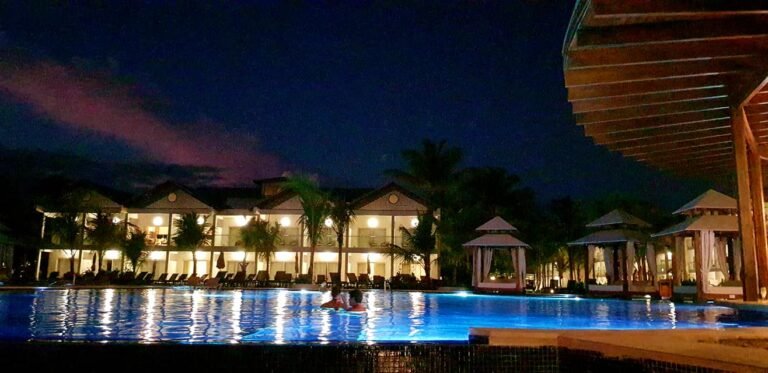Due to the variety of tribes and social groups that you can find in the African continent, its incredible landscapes and animals, the diversity of mining, agricultural, fishing activities and its cultural identity, South Africa is certainly a unique destination. While planning your trip to South Africa we recommend reading Wilbur Smith books, the Ballantyne saga and the Courtney saga are an excellent start to learn and love the African continent, its history, its people and its mysteries. Once you discover the adventure novels of Wilbur Smith, we warn you that you will not stop reading.
Keep in mind when organizing your trip that the distances are long, we recommend you to spend at least 15 days of your time so you can visit different attractions. South Africa’s economy is sustained by diverse activities: they have diamond mines, gold mines, they also exploit platinum, manganese, chromium, asbestos, uranium, coal, copper and iron. You will find vineyards and beautiful wineries to visit. The fishing industry and tourism are also very strong, as well as the export of agricultural products, fruits, wool, hides and leaders.
Although most of the country is classified as semi-arid, it has considerable variation in climate and topography. The coasts have golden and white sand beaches: in the eastern area you can find forests, and deserts in the west. South Africa has more than 20,000 different plants, representing about 10% of all known species in the world, it’s an area particularly rich in plant biodiversity. There are grass and hawthorn trees in the savannah and a significant number of baobab trees near the northern end of the Kruger National Park. There are numerous habitats of mammals such as the lion, leopard, blue wildebeest, kudu, impala, hyena, hippopotamus and giraffe.
The first conquerors in South Africa were the Portuguese. The Afrikaans language comes directly from the Dutch, by the subsequent conquest by the Netherlands (Boers, farmers in Dutch). After the Boers, came the conquerors of Britain who defeated the Dutch. The European population began to expand and struggles with the natives over land possession. Hostilities also broke out between the Dutch and the British. After World War II, the white population dictated their racist rules through Apartheid, through a series of laws that established racial segregation, with arrests, sanctions and oppression. South Africans fought for their rights and were supported by the press and international public opinion, including international pressure to free Nelson Mandela at the time, leader of the movements against oppression.
South Africans living in cities get adapted to the colonization cultures, while South Africans living in rural areas with fewer resources still keep their traditions. South Africa is characterized by its ethnic and cultural diversity, there are blacks, whites descended from settlers of different nationalities, Indians who came to work the sugar cane fields, Pakistanis and Asians. South Africans with Indian roots preserve their cultural identity, languages and religious beliefs.
RECOMMENDED ACTIVITIES
– Kruger Park: See article & pictures about the Kruger Park Experience.
– Baobab Forest: Those trees are really incredible, it is worth a few kilometers to find them in the North of Kruger.
– Moholoholo Wildlife Rehabilitation Centre: See the full article & pictures about Moholoholo Wildlife Rehabilitation Centre.
– Blyde River Canyon: The landscape of the Blyde River Canyon is very beautiful.
– Tasting and visit to the winery: We chose FRANSCHHOEK WINE VALLEY, the landscape, the boutique hotel, its food and its rich wines are worth it. See full note & pictures about Franschhoek Wine Valley Experience-Holden Manz.
– Ostrich Farm & Artisan cider factory: OSTRICH RANCH, includes riding an ostrich to take a picture and standing on ostrich eggs with all your weight to prove they do not break. See the full article & pictures about the Cape Town Ostrich Ranch Experience.
– White Shark Cage Diving: If you like adrenaline, get to know the Cape Town white sharks. You’d be locked in a cage with your wetsuit, your diving gear, and your camera while your shark friends are fed fresh, bloody fish right under your nose.
– Boulders Beach: Beach with penguins near Cape Town
– Cape Point: Hiking to the junction of the Indian Ocean and the Atlantic
– Table Mountain: Hiking, on the way you can find some very nice chubby rodents
– Sea Point: Walk along the waterfront
– Apartheid Museum in Johannesburg. It is very interesting to learn about the abuses perpetrated against the black population.
– Three Rondavels: Reddish mountains with very nice with grasslands above.
– Bourke’s Luck Potholes: Rock formation with blue-green lake below.
– Gods window: Hiking in the subtropical jungle with very beautiful views from above.
– Waterfalls: Mac-Mac/ Lisbon and Berlin.
– Lowveld Botanical Garden: If you are in the area, you can take a look at the Botanical Garden, it’s very nice
– Cullinan Diamond Mine
– Gold Mine & Mponeng Gold
LOCAL GASTRONOMY
We recommend some typical dishes for you to taste on your trip to South Africa: Chatni (it is a sweet sauce that is usually poured over meat, especially in a local brand called Mrs Ball’s Chutney/ Gesmoorde vis (salted cod with potatoes, sometimes served with apricot jam)/ Hoenderpastei (chicken pie, traditional Afrikaans)/ Mashonzha (made with Gonimbrasia belina-that is a worm)/ Waterblommetjie bredie (water flower stew – meat stew with Cape Pondweed flower)/ Ostrich meat (source of protein with low cholesterol content; it is usually prepared roasted or in the form of a stew)/ Melktert (or milk cake, condensed milk pudding that does not need an oven)/ Bobotie (dish originally from Malaysian cuisine, is as a meatloaf with raisins and cooked with an egg on top, and often served with yellow rice, sambals, coconut, sliced banana and chutney / Drink: Umqombothi (beer made with fermented wheat).
IMPORTANT
– Bring a coat because at night it is very cold, the temperature range is high
– Bring water to all excursions and food because sometimes you don’t go through any point where you can buy something to eat and drink
– In South Africa, as a British Colony, you drive on the left side.
– Fuel can only be purchased in cash, so consider carrying some cash.
– On safaris, cover legs and arms from mosquitoes that transmit malaria (also use repellent). Take malaria pills if your doctor recommends it to you, they are strong and can have adverse effects.
SECURITY
South Africa is, within the continent, one of the safest destinations, however, you must take all necessary precautions: avoid wearing jewellery and expensive items, do not expose your money in public places, do not leave your cameras and wallet resting on an outdoor table, do not leave your personal belongings unattended, close the doors and windows of your apartment or rented house, lock the locks of your vehicle when you circulate and when you park, do not walk at night in bad illuminated places, do not expose valuables in the car and always be vigilant to prevent theft.
| Capital | Pretoria is the administrative capital, Cape Town is the legislative capital and Bloemfontein the judicial capital. |
| Vaccines | Yellow fever (carry the certificate)/ Take pills against malaria. |
| Language | There are 11 official languages: Afrikaans, Xhosa, Zulu, English, Ndebele, Sotho del North, Sotho, Swazi, Tsonga, Tswana and Venda. The first three are the most representative, in any case, a third of the population speaks English, which is the predominant language in the government. |
| Currency | – Rand (ZAR) – There are banks everywhere and you can usually pay by credit card. – You can request a refund of 14% VAT when leaving the country. – Check the USD/ ZAR exchange rate at The Money Converter (you can change USD for your local currency). |
| Transport | It is not recommended to use subways and local transport because tourists can be attacked. The most convenient is to rent a car but as we always say: be vigilant, don’t expose your money and valuable objects and keep the doors locked. |
| Temperature / Climate | The best time to travel is from December to February (summer). The historical average temperature is 27 degrees maximum and 8 degrees minimum. Rains in the afternoon are common, so bring your rain camper. |
| Visa | In case you have a European passport, they usually give you a free tourist visa for 90 days. Check with the South African Embassy in your country which are the current Visa conditions for your nationality. |
| Airport s most important | – Johannesburg International Airport (JNB) / Cape Town ( CPT) – Check the time in South Africa at 24 Time Zones. |
| Plugs | D / M (three thick legs in a triangle) -Electricity 230 If the plugs are not the same in your country of origin, do not forget to bring your universal adapter. |
| Religion | South Africa: Protestants 80%, Catholics 7.1% and Islamics 1.5%// The religion in Africa, in general, is more heterogeneous, the majority of the African population profess traditional African religions while Islam has a dominant presence in the north, in the Sahara, the Sahel, West Africa & East Africa. |

